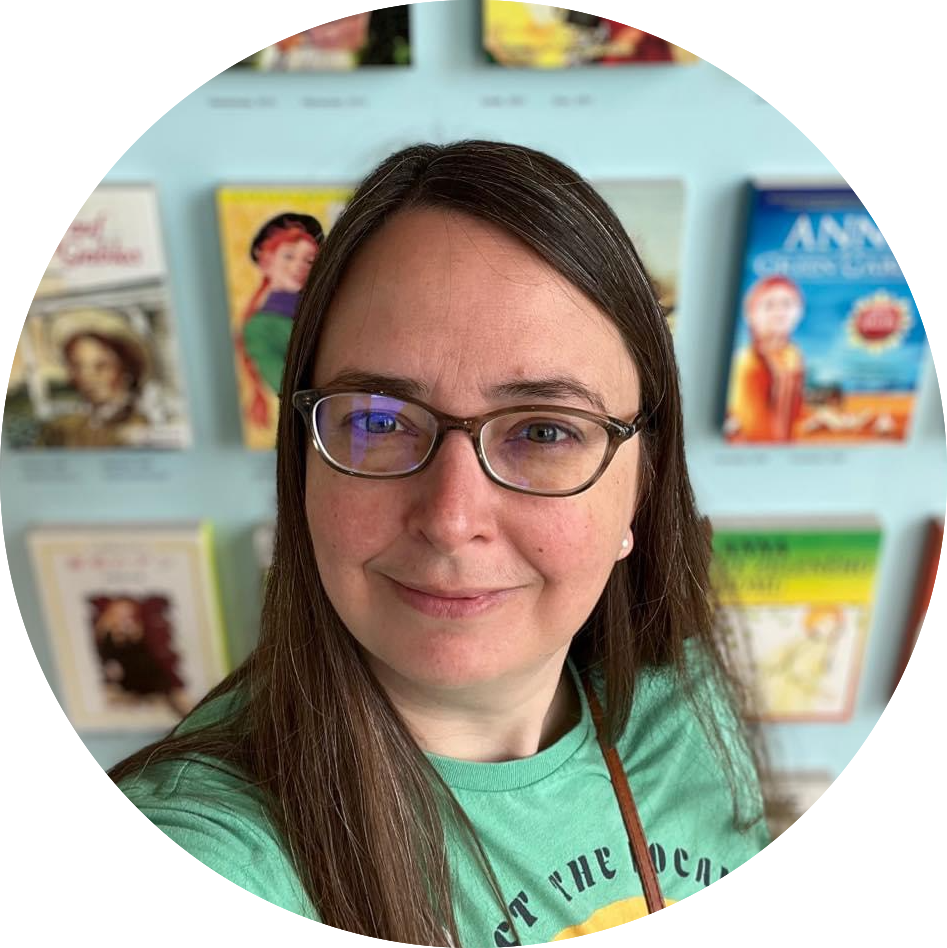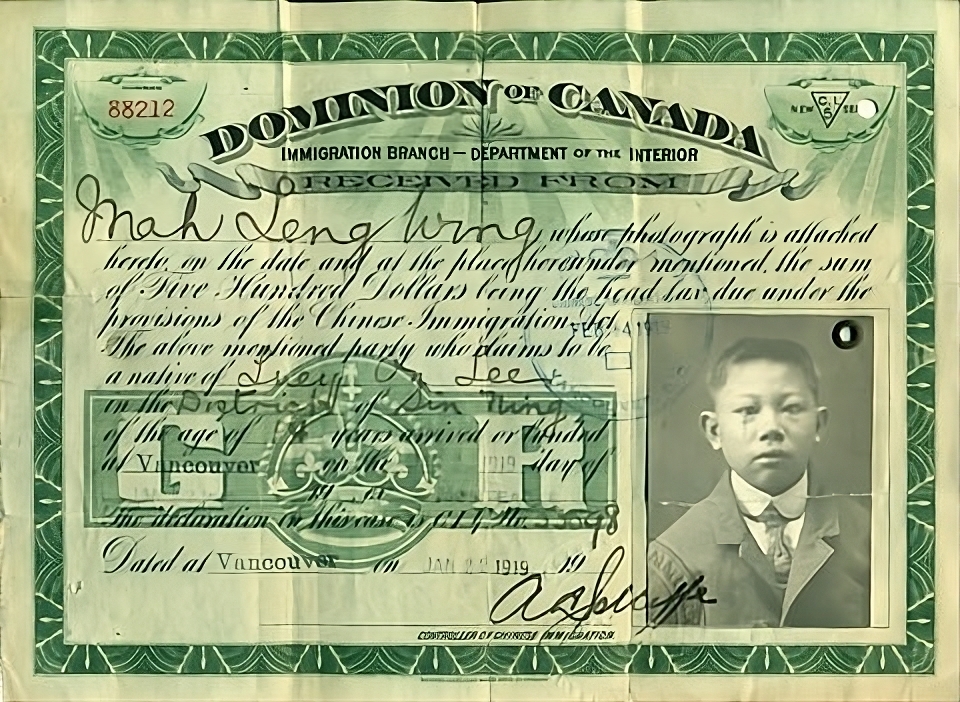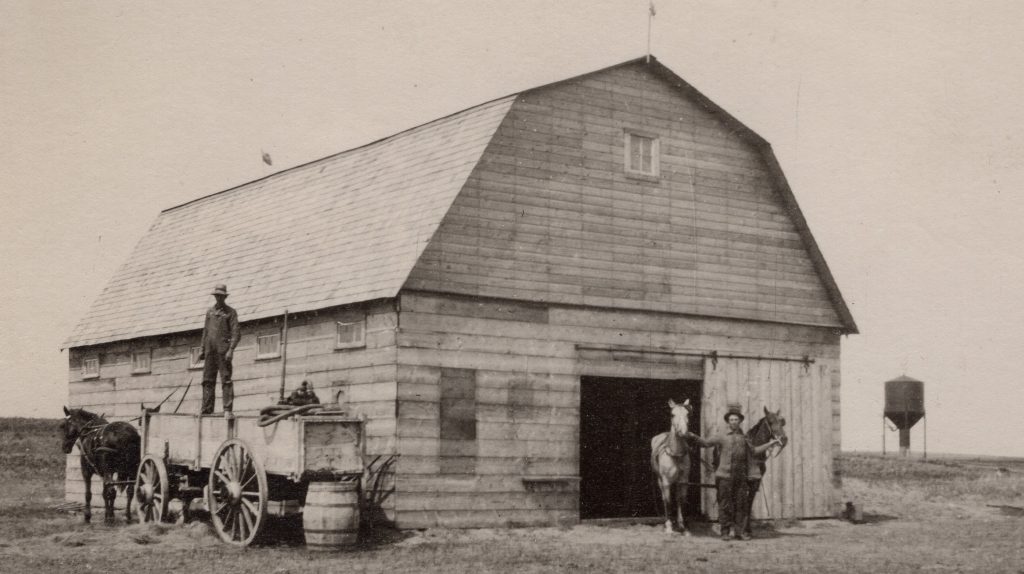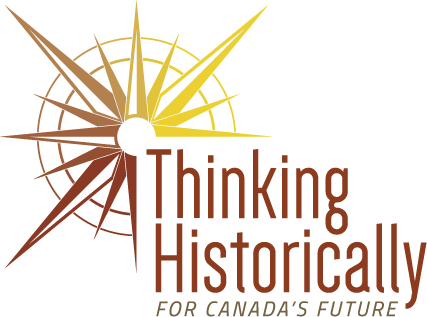Michelle Holdway,
History and Language Arts Teacher
Michelle Holdway teaches History and Language Arts for grades 7 and 8 and has 14 years of teaching experience. This past year, Michelle taught at a private Christian school in Alymer, Ontario. The town and school primarily cater to families from various Christian denominations, with a significant population being Christian Reformed and progressive Mennonites. The school’s student body has become increasingly diverse, reflecting the town’s recent immigrant population in addition to its Dutch ancestry. This mixture of backgrounds makes teaching history unique in the sense that discussions about immigration and family history can be fostered within the subject area. The close-knit community, with many students being related as second or third cousins, adds a special dynamic to classroom interactions. In addition, the presence of first-generation Canadian students, particularly among the Mexican Mennonite community, enriches the educational experience by bringing contemporary immigrant perspectives into the classroom. This mix of perspectives enhances discussions about the Canadian context and family heritage.

Immanuel Christian School
Aylmer, Ontario

Historical Thinking
Michelle’s teaching approach promotes historical thinking by encouraging hands-on experiences and discussions on different ethnic and religious histories, which encourages students to think critically and connects the past to the present.
Michelle believes that incorporating tangible experiences into history lessons prompts students to consider the reality of the past. Through hands-on activities like examining historical documents, she aims to make the stories of real people more tangible. “Wait, we’re actually talking about real people, and they had this document,” she explained. For example, she engages students with activities such as examining realistic reproductions of Chinese Head Tax documents, allowing them to “pick this up, touch it,” and analyze the historical context.
This hands-on approach helps students connect with the past, realizing they are “talking about real people” and considering the ethical implications of historical events. This way, her students have the opportunity to explore the ethical implications of historical events and question whether similar actions would be acceptable today. Michelle encourages discussions on presumptions and judgments towards different ethnicities. Through these activities, Michelle aims to foster critical thinking and promote understanding of historical continuity and change.
Michelle also incorporates discussions on ethnic and religious backgrounds, such as Ukrainian and English immigration, Mennonite heritage, and Indigenous histories, into her lessons. She highlights how historical immigration issues resonate with current events, making history “come alive” for students. For instance, she uses picture books and activities to explore the reasons behind Ukrainian immigration in the 1890s and links it to the contemporary war in Ukraine. Michelle believes that ongoing dialogue about Indigenous topics helps students develop a deeper understanding of Canada’s history and its relevance today.

Teacher Education
Michelle’s teacher training has helped her to integrate technology and cultivate cultural understanding in her history teaching.
In her teacher education program in 2009, Michelle explored innovative ways to integrate technology into her teaching practice. Reflecting on her experience, she recalled, “I discovered that there was this treasure trove of photos of my great-grandparents’ time homesteading.” Using a smartboard, she created a unique movie presentation with scanned photos of her family’s history.
Michelle explained, “seeing my project come to life as a video representation of my own family’s story was very rewarding.” This project not only sparked her creativity but also instilled a passion for incorporating technology into history lessons.
Attending a Christian university in Toronto provided Michelle with a unique perspective on teacher training. She remembered the program’s emphasis on cultural and religious diversity, and stated, “We got to visit a number of different faith communities in the Toronto area.” Through these experiences, Michelle learned about various religious practices and gained valuable insights into understanding and connecting with students from diverse backgrounds. Reflecting on the importance of these experiences, she emphasized, “It was such a powerful experience to be able to consider things from other perspectives and understand more about my future students.”
Michelle recognizes the significance of accommodating students’ cultural and religious needs in the classroom. She stressed the importance of empathy and understanding among educators, stating, “Understanding some of the religious celebrations and practices of my students was very helpful for me as a public school teacher to understand.” Michelle believes that fostering an inclusive learning environment is essential for supporting students from diverse backgrounds and promoting academic success.
Co-created by Michelle Holdway and Christine Cheng
